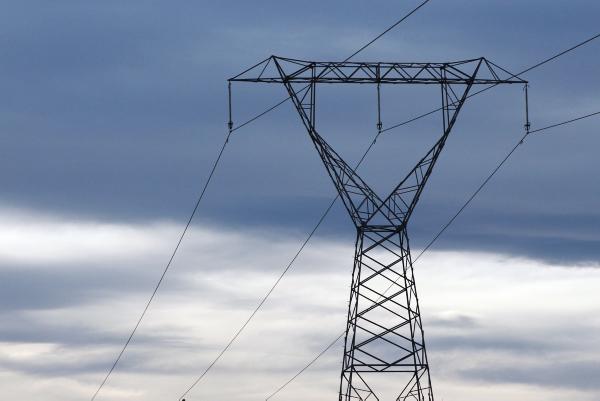The ESB has questioned the necessity of EirGrid’s multi-billion 400kV building programme. In a submission in response to the Government’s Greeen Paper on Energy Policy, the comprehensive report from the State-owned energy provider places further serious doubt around the controversial EirGrid Grid25 programme.
A massive downgrading of the projections on future energy demand lies at the heart of the ESB submission.
The report states at one point that “the latest demand projections by EirGrid would only suggest an approximate 5% increase in demand for 2008-2024”.
The Grid25 plan was drawn up at the height of economic expansion. It forecast an increase from 5,500MW to 8,000MW for the same period – a 45% rise. Such a contraction in projected energy demand would surely require a rethink of the entire Grid25 strategy.
The other main driver of infrastructural development is the need to transmit renewable energy, specifically wind power. Again, the ESB has a lower expectation of future wind power requirement than Grid25 contains, with implications for EirGrid’s plans.
Local communities around Ireland have mobilised in opposition to plans to develop massive 400kV lines. These include the north-south interconnector, Gridlink, running from Cork to Dublin, and Grid West.
The pylons required to carry 400kV cables reach up to 45m (150ft), with a 10m base. Groups want to see cables buried underground rather than placed overhead.
EirGrid took over the management, operation and development of the national grid from ESB in 2006, but ESB still owns the actual grid itself. As such, its views must carry significant weight.
The report states that “infrastructure needs to be selective and underpinned by modelling of whole of system costs and benefits”.
It continues to say that “investment needs to take account of changes in economic circumstances”.
Grid25’s €4bn programme was introduced by then Energy Minister Eamon Ryan.
The report also highlights the long-term cost of Grid25 to energy users: “The capital cost of infrastructure built in any year will be recovered from electricity bills for up to 50 years.”
In all, Grid25 is projected to cost €4bn up to 2025.






 This is a subscriber-only article
This is a subscriber-only article










SHARING OPTIONS: